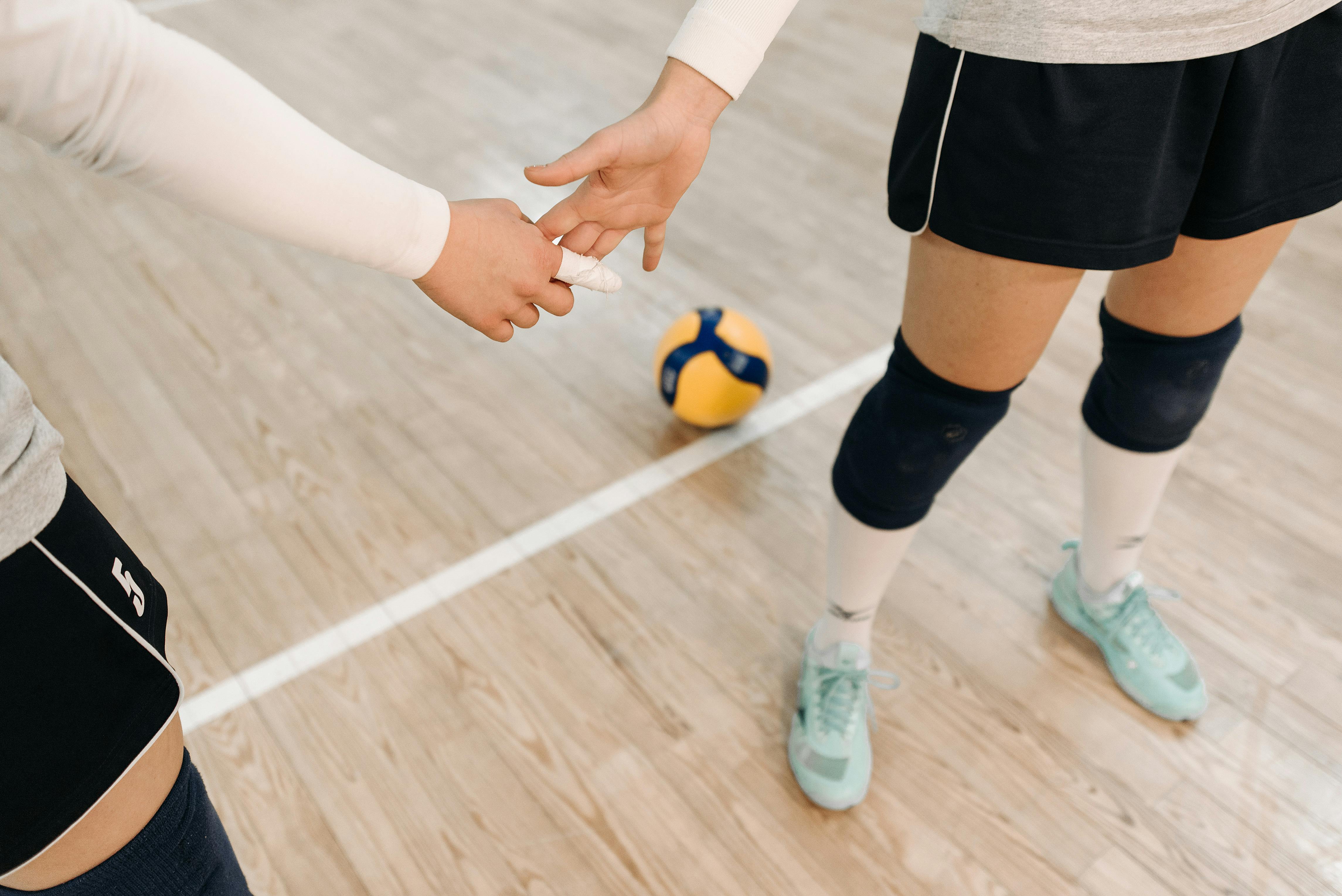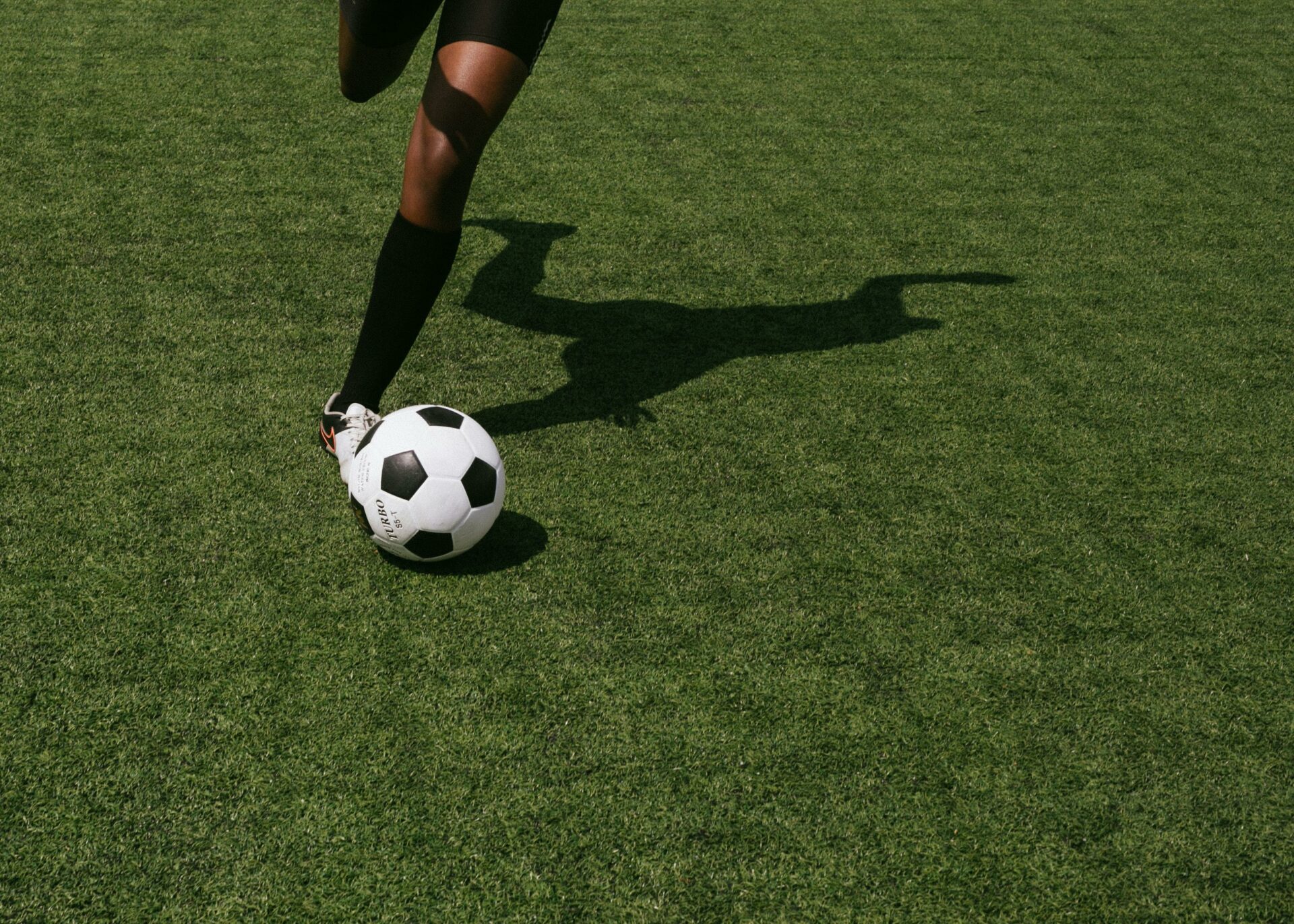Bocce ball is an ancient game that has been enjoyed by people around the world for centuries. It is a game of skill and strategy that requires players to roll their bocce balls as close as possible to the pallino (target ball). As with any sport, the size of a bocce court depends on the type of game that is being played. In this article, we will discuss how long a traditional bocce ball court should be and what factors go into choosing the right size court for your game.The standard size of a Bocce Ball court is a rectangular playing surface measuring 60 feet long by 10 feet wide.
How Much Space Is Needed to Build a Bocce Ball Court?
Building a bocce ball court is an enjoyable and rewarding experience. The amount of space needed to build a bocce ball court depends on the desired size of the court. A regulation-size court measures 91 feet by 13 feet, and requires an additional 7 feet in length for the approach and foul line. However, if you are limited on space, you can scale down the size of your court to suit your needs. A smaller court should measure at least 46 feet by 6.5 feet, with 3.5 feet for the approach and foul line.
Regardless of the size of the court, it is important to ensure that there is ample room for players to move around and play comfortably. The playing surface should also be level to ensure that game play is fair and consistent for all players. If the area where you plan to build your court is uneven, you may need extra space in order to even out the surface before building your bocce ball court.
When building a bocce ball court in your backyard or at a park, it’s also important to consider how much room will be needed for spectators. While this often depends on who will be playing and how many people will be watching, it’s always best to leave enough space so that spectators can remain comfortable while watching games being played.
Overall, when deciding how much space is needed for a bocce ball court, it’s important to consider both the size of the playing surface as well as room needed for players and spectators alike. Doing so will help ensure that everyone has enough room to move around comfortably and enjoy their games without interruption or discomfort.
Dimensions of a Regulation Bocce Ball Court
A regulation bocce ball court is typically 91 to 120 feet long and 8.2 to 13.1 feet wide. The court surface should be level and smooth, and a flat area at least 6 feet wide should surround the court on all sides for additional play space. The playing surface should also be made from a low-maintenance material such as clay, crushed stone, or synthetic turf. The end walls or boards should be at least 2 feet high, with a backboard at least 4 feet high. The sidelines should have markers every 10 feet for measuring throws during gameplay. Depending on the rules of the game, the court may include raised areas along the sidelines for rams and special throwing areas called “the zone” at each end of the court.
For professional bocce ball games, a regulation court is typically 106 feet long and 12 feet wide with sideboards that are at least 3 feet high. Markers are placed every 8 feet along the sidelines for measuring throws during gameplay and lines are drawn in between each marker to indicate fair territory for each player. There should also be an elevated backboard behind each end wall that is at least 5 feet high to prevent balls from rolling off the edge of the court. The official bocce ball is typically made of metal or plastic and measures 4 inches in diameter with a weight between 2 ounces and 2 1/4 ounces per ball.
No matter what size or shape a bocce ball court is, it should always be kept clean and free of debris or obstacles that could interfere with gameplay. For this reason, it is important to regularly inspect the playing field before beginning any game and remove any stones, sticks, leaves, or other objects that could affect players’ throws.
Materials Needed to Construct a Bocce Ball Court
Constructing a bocce ball court requires several materials. The most important of these materials is the playing surface. This can be either grass, sand, or a synthetic turf. The turf must be kept well-maintained and even to ensure that the game is played properly. In addition, a border must be constructed around the court. This can be made from various materials such as brick, wood, or stone. It is important that the border is level and firm to ensure that balls roll evenly across the court.
Other materials needed for construction include stakes, tape measurer, markers, and mallets. Stakes are used to mark the boundary lines of the court and should be made from durable material such as metal or plastic. A tape measurer is used to ensure that all lines of the court are level and evenly spaced. Markers are used to keep track of which team has won each point during play and should be placed around the perimeter of the court. Finally, mallets are needed for players to use in order to strike their bocce balls during play. Mallets should also be made from durable material such as wood or metal so they can withstand frequent use without breaking down over time.
Measurements for a Professional Grade Bocce Ball Court
Playing bocce ball is a great way to relax and have fun with friends and family. If you want to take your game to the next level, you’ll need to build a professional grade bocce ball court. The court measurements are a critical aspect of any bocce ball court, as they determine the size and shape of the playing surface. To ensure that your court meets professional standards, you’ll need to follow these measurements when constructing your bocce ball court.
The playing surface should be rectangular in shape, with dimensions of 60 feet in length by 12 feet in width. The court should also have a slight incline or slope from the center line to each end line, which helps keep balls from rolling off the court. The surface should also be level across its entire length and width, allowing for fair play regardless of where players are standing on the court.
In addition to these measurements, you’ll also need to mark out certain areas on your bocce ball court. At each end of the court there should be two lines that are 4 feet away from each end line, which serve as the foul lines. These lines indicate where players must stand while playing their shots during a match. There should also be a centerline running along the center of the playing surface that divides it into two halves; this serves as both an orientation marker and as an area for players to stand while throwing their balls during play.
Finally, you’ll need to set up some targets at each end of the court. These targets can either be stationary or mobile, depending on what type of game you’re playing. Stationary targets are usually large objects such as wooden posts or stones that sit at either end of the playing surface; mobile targets consist of small wooden discs or similar objects that can be moved around by players throughout the course of play.
By following these measurements for a professional grade bocce ball court, you can ensure that your game will always be safe and fair no matter who’s playing it. With proper construction and setup, your bocce ball court will provide hours of entertainment and competition for all those involved!

Where Can I Find Instructions on Building a Bocce Ball Court?
Building a bocce ball court is a great way to provide hours of entertainment for family and friends. All you need to do is create an area large enough to accommodate the court, gather some supplies, and get started. The basics of building a bocce ball court can be found in various online sources, books, and magazines.
When you are ready to start building your court, it is important to first decide on its size. Many people prefer a bocce ball court that is approximately 90 feet long by 13 feet wide; however, the size can be adjusted depending on the available space. Once you’ve decided on the size of your court, it’s time to begin gathering materials such as topsoil, sand, gravel, and turf grass. It’s also important to have some tools such as shovels, rakes, wheelbarrows, and trowels handy.
Once you have all the necessary materials and equipment ready to go, it’s time to begin constructing the court. The first step is to level out the playing surface by removing any high spots or filling in any low spots with topsoil or sand. Once this is complete you will want to add a layer of gravel followed by a layer of sand for cushioning. After that you can lay down a layer of turf grass or artificial turf if desired.
The next step in constructing your bocce ball court is marking out the playing area with either string or paint lines. This will include two end zones that are 15 feet long each as well as two “foul” lines at either end which should be measured at 30 feet each from the end zone lines respectively. It’s also important to mark out four “ditch” lines which run parallel between the end zones and should measure 7 feet each from their respective end zone lines.
Once all the lines have been marked out it is time for final touches such as adding benches for spectators or players who are not actively participating in games; however these are not required but rather optional amenities that many people choose when building their courts. With all these steps completed your bocce ball court should be ready for use!
What Are the Rules for Setting Up a Bocce Ball Court?
Setting up a bocce ball court is an easy task that only requires you to have the right materials, know the dimensions of the court, and follow some basic rules. Bocce ball is a popular outdoor game that can be enjoyed by people of all ages. Although there are no hard-and-fast rules for setting up a bocce court, there are some guidelines that should be followed to ensure that everyone has an enjoyable experience.
The first step in setting up a bocce court is to measure out an area that is at least 10 feet wide and 60 feet long. It is important to make sure that the surface you choose is level and free of any debris or obstacles. The bocce ball court should also be located in an area where it will not be disturbed by foot traffic or other activities.
Once you have identified a suitable area for your bocce court, you will need to mark out the boundaries of the playing field. The playing field should be divided into two equal halves with each team occupying one half of the court. The traditional way of marking out a bocce court is with string or rope; however, paint can also be used to clearly define the boundaries.
The next step in setting up your bocce ball court is to create a throwing line at each end of the playing field. This line should be marked approximately 8 feet from each end and should not exceed 10 feet in length. These lines will serve as reference points for players when they are throwing their bocce balls towards the opposite end of the court. Additionally, each team’s foul line (where they must stand when they are throwing their balls) should also be marked at this time.
Finally, it’s important to create an area where players can store their equipment when they are not using it. This storage area should be located away from any potential hazards such as water or other obstacles and must provide easy access for all players on either team.
By following these simple steps, you can set up your own bocce ball court and start enjoying this classic Italian game in no time!
Marking Off the Lines on Your Bocce Ball Court
Bocce ball is an Italian game of skill and strategy, and having your own court is a great way to enjoy this classic pastime. The first step in setting up a bocce court is to mark off the lines. To do this, you will need some stakes, string, and marking paint. Start by driving two stakes into the ground at each end of the court. Then, tie a piece of string between them at the desired height to form a straight line. This line will be used as a guide for your court markings.
Next, measure out two parallel lines that are six feet away from the first line on both sides. Use marking paint to draw these two parallel lines, following the guide string you set up earlier. When you’ve finished painting both lines, you should have four separate play areas in total – two at each end of your court.
Now it’s time to paint the foul lines at each end of your court. These should be perpendicular to the previously painted lines and should measure five feet out from them. Use your guide string again as a reference while painting these foul lines; they will help players stay within their designated playing area during gameplay.
Finally, mark off each of the four corners with small circles or squares that are six inches in size so that everyone knows where their playing area ends and begins. Once you have completed all of these steps, your bocce ball court is ready for play!

Conclusion
While there is no hard and fast rule for the size of a bocce ball court, the standard size is between 60 and 90 feet long and 12 to 16 feet wide. The playing surface should be level and have a border made of either sand or wood chips. The court should also be flat with no bumps or hills. Additionally, the court should be marked with four foul lines and two centerlines, as well as a jack line for the throwing of the pallina. With these measurements in mind, you can construct your own bocce ball court for hours of fun with friends and family.
Although there are no set rules regarding how long a bocce ball court should be, most courts are between 60 to 90 feet in length. This size allows for an enjoyable game that can be enjoyed by players of all ages and skill levels. With a good surface and well-marked boundaries, you can create your own bocce ball court and have hours of thrilling competition with friends and family.




